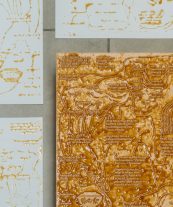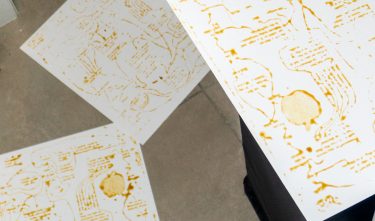Noam Youngrak Son
Spotlighted by Cream on Chrome
 1
1
— “My work in queer publishing reimagines the role of communication design in shaping our living environment and quality of life by fostering emancipatory, community-driven narratives and interspecies relations." - Noam Youngrak Son
Noam Youngrak Son practises queer publishing, where “queer” is not a statement of identity, but rather a methodology. Their work seeks small yet collective strategies for publishing, challenging the modern myth of the heroic designer. Queer publishing redefines the agency of the communication designer beyond printed matter. Noam’s work often takes forms that do not conform to the normative gaze, transmitting marginalised perspectives and interdependencies. They explore revolutionary methods for disseminating deviant and nonconformist narratives. By populating communities and breeding interspecies relations, their practice returns to the etymological roots of publishing as an act of making public.

— “To include Noam's ways of relating to one another across predefined categories like 'Our Living Environment' would be very rewarding. They have an outspokenly activist practice that challenges notions of gender and interspecies relationships. All their work is inherently political.” - Cream on Chrome
In “Towards the Posthuman Idea of Race as a Viscous Assemblage”, Noam looks for a posthuman understanding of race. The project extends the politically charged concept of race to include our interactions with non-human entities. Inspired by geographer Arun Saldanha’s concept of “sticky connections,” Noam examines how race intersects with DNA, artefacts, law, science, wealth distribution, and resources. Melanin—the pigment determinant of skin colour, and found in many species as a protective mechanism, responsible for everyday occurrences like a sliced apple turning brown when exposed to air—serves as a proxy in this exploration. Noam collected melanin from apples in their kitchen to reflect on efforts to prevent produce from browning. The Union* for Unvalorized (design) Labors was initiated by questioning why designer peers are so often overworked and underpaid. The research project and workshop series were built around the fictional organisation in the title, to speculate on the precarity of un-valorized design labour from a bottom-up perspective. Artists, designers, activists, lawyers, and educators were invited as stakeholders of the cultural sector to negotiate how the livelihood of its practitioners can become more sustainable.


